Students Travel to Africa for Study Abroad
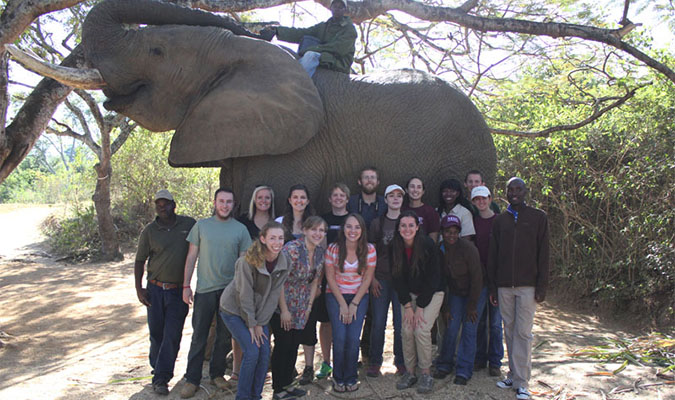
Professors James Derr and Linda Logan recently returned from leading a group of 10 students on a unique study abroad opportunity. The group spent two weeks in South Africa immersed in the fields of pathology, applied physiology, infections and parasitic diseases, pharmacology of game capture, and wildlife conservation methods.
“This course is designed for students who are serious about learning how to capture, handle, treat, and transport exotic African wildlife species,” said Derr, who is a professor in the Department of Veterinary Pathobiology (VTPB). “We learn from the most knowledgeable and respected wildlife veterinarians in all of Africa, Dr. Cobus Raath, who spent 15 years serving as the director of veterinary services for Kruger National Park. He is the pioneer of modern game capture methods for dangerous wildlife.”
On this trip, the students dealt with a number of wildlife species including elephants, crocodiles, rhinos, Cape buffalo, wildebeest, nyala, and even venomous snakes.
“If you want to learn how the professionals do their job in remote regions of Southern Africa with dangerous exotic wildlife,” said Logan, who is the VTPB department head, “then this is the course that may just change your life.”
One of the major themes of the course was conservation in the face of poaching and other threats. The students were exposed to lectures from experts on such topics as animal rehabilitation centers and the role of zoos, conservation genetics research with African wildlife, how veterinarians contribute to global efforts to protect species, the role of sport hunting in conservation, and finally black markets for wildlife products.
These lectures, though, were integrated into hands-on work with animals. For example, during their first days in South Africa, the students had the opportunity to dart Cape buffalo for tuberculosis testing in the morning and then help dehorn rhinos in the afternoon to protect them from poachers.
“It was when I was kneeling next to a white rhino, with his enormous nostril pressed to my hand taking respiration while he was being dehorned that I realized how truly amazing this course was going to be,” said Emily McCann, a senior animal science undergraduate who hopes to attend veterinary school. “You get dirty, bloody, your brain is constantly being challenged, and you find yourself experiencing and taking part in situations you never thought possible.”
The group also learned how to identify similar-looking animals, safely capture crocodiles, and operate various types of commercially available dart guns.
“The remarkable experiences and the exceptional people made for a truly life-altering journey that may only begin to be described with one word: extraordinary,” said Julia Lemaistre, a third-year veterinary student. “These two weeks have beautifully highlighted the vast array of opportunities that veterinarians have across the globe and has presented professional opportunities that I would not have considered in my wildest dreams.”
Contact Information
Megan Palsa, Ph.D.
Executive Director, Communications, Media & Public Relations
Office – (979) 421-3121
Photo Gallery
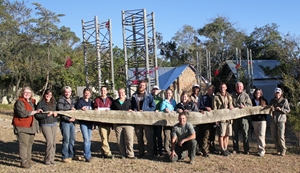 |
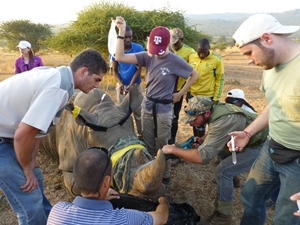 |
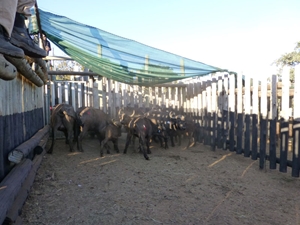 |
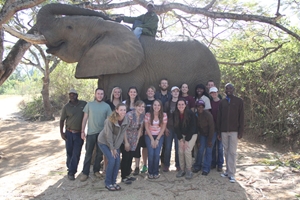 |
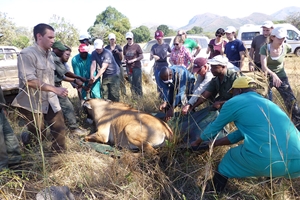 |
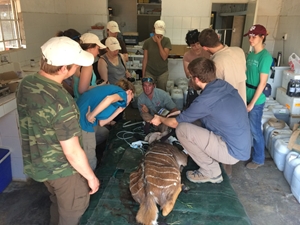 |
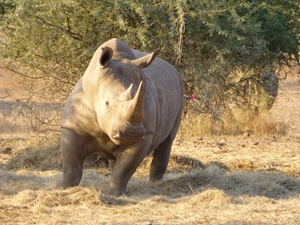 |
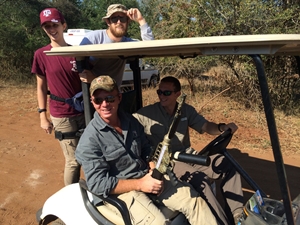 |
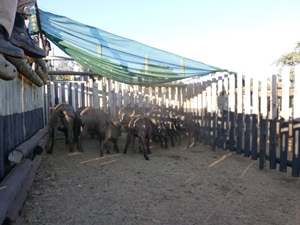 |


